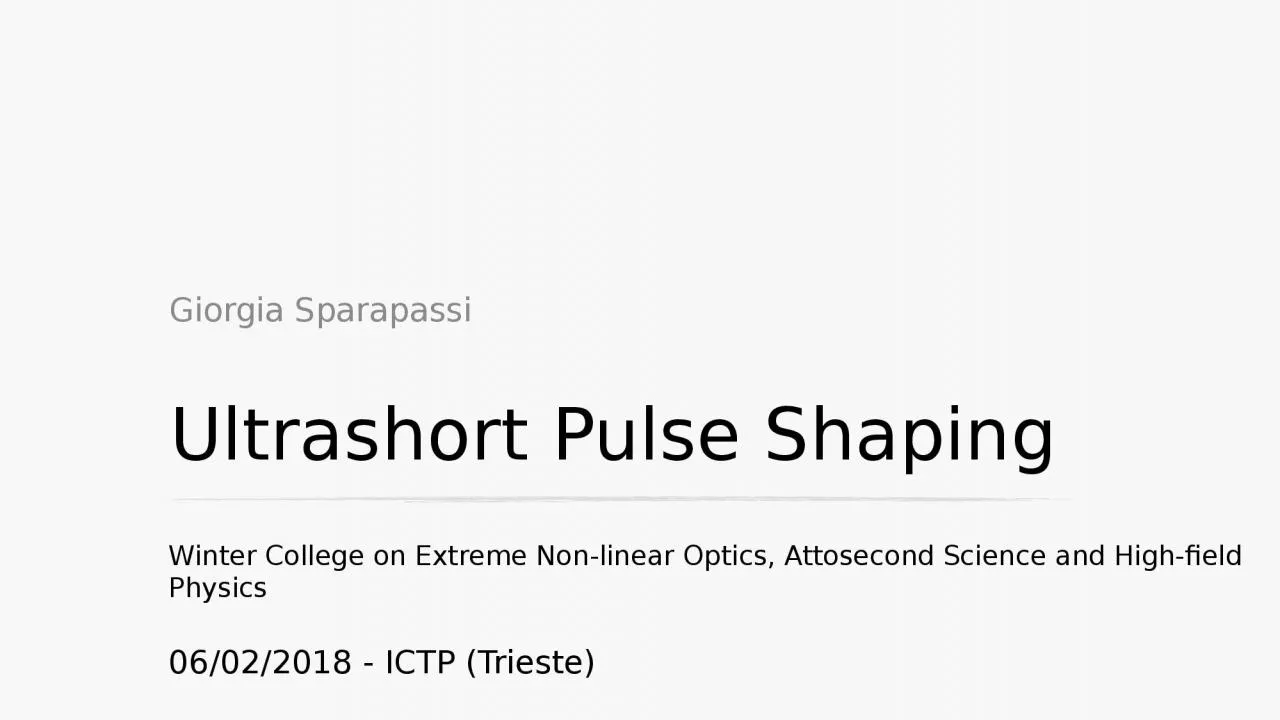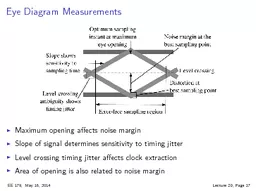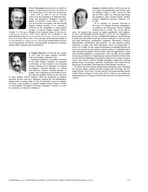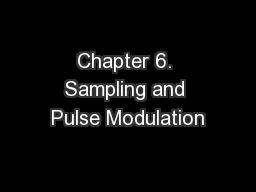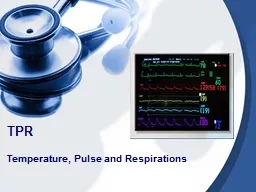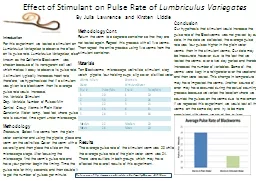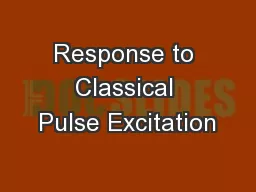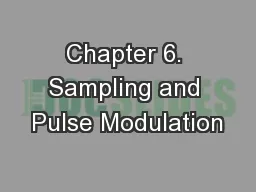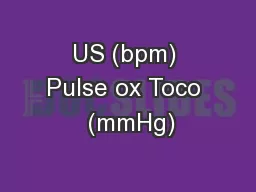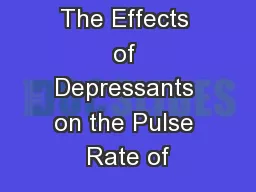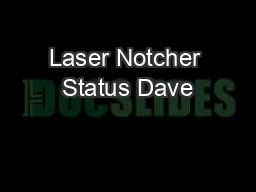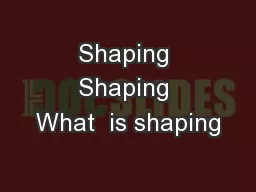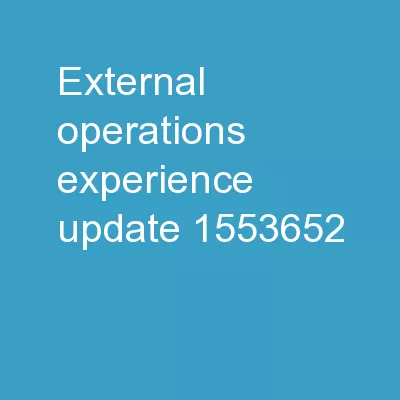PPT-Ultrashort Pulse Shaping
Author : winnie | Published Date : 2023-07-28
Giorgia Sparapassi Winter College on Extreme Nonlinear Optics Attosecond Science and Highfield Physics 06022018 ICTP Trieste Goals of pulseshaping Shape the temporal
Presentation Embed Code
Download Presentation
Download Presentation The PPT/PDF document "Ultrashort Pulse Shaping" is the property of its rightful owner. Permission is granted to download and print the materials on this website for personal, non-commercial use only, and to display it on your personal computer provided you do not modify the materials and that you retain all copyright notices contained in the materials. By downloading content from our website, you accept the terms of this agreement.
Ultrashort Pulse Shaping: Transcript
Download Rules Of Document
"Ultrashort Pulse Shaping"The content belongs to its owner. You may download and print it for personal use, without modification, and keep all copyright notices. By downloading, you agree to these terms.
Related Documents

